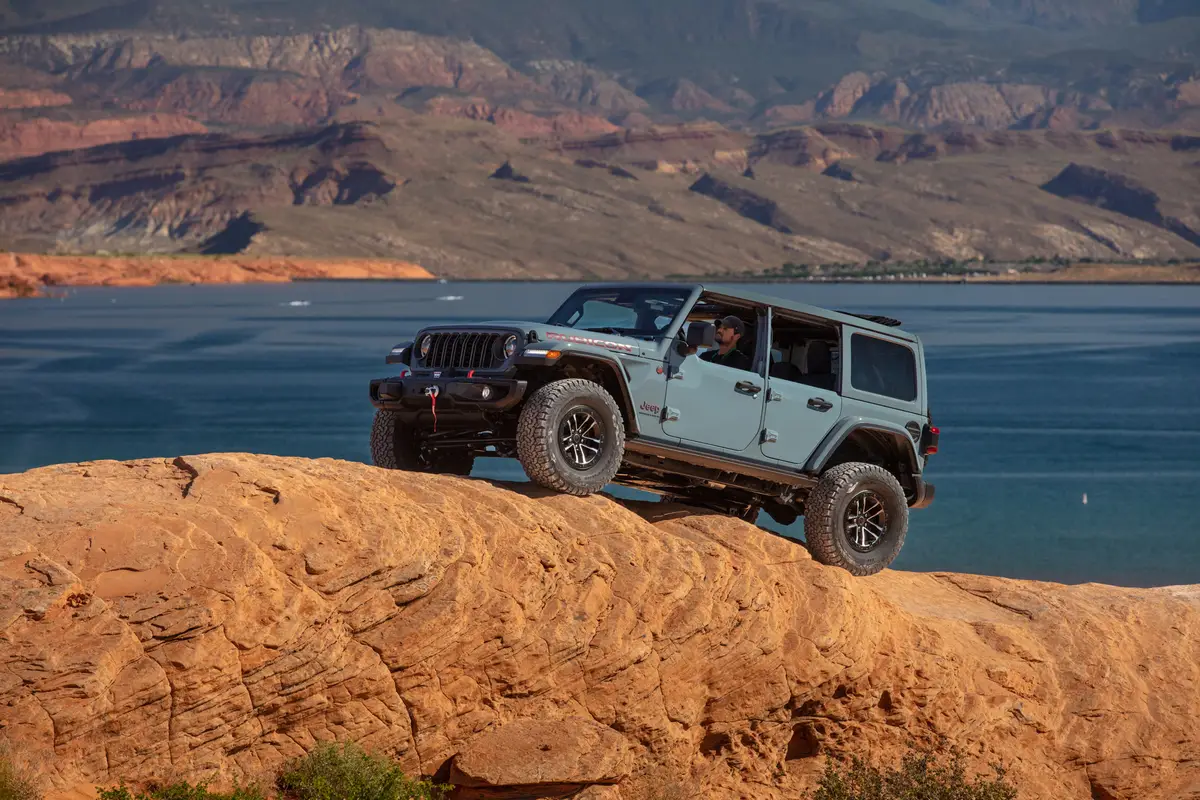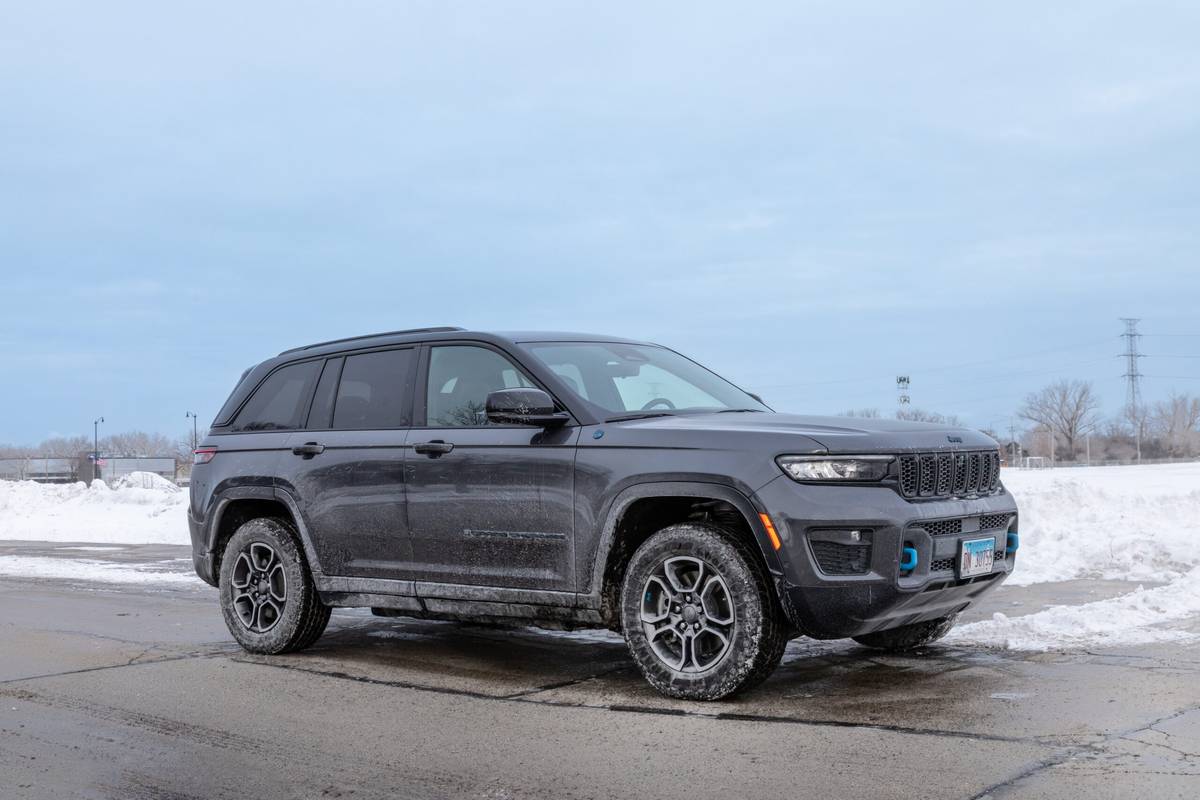washingtonpost.com's view
It is autobiography as fantasy. As such, it makes little sense.
It is shocking in excess, astonishing in boldness. And therein resides its attractiveness. People can’t turn away from it.
Those who love it are addicted. Those who hate it lust in revulsion. Neither camp is reticent in expression about this week’s subject mobile.
Please welcome the 2010 Land Rover Range Rover Autobiography, arguably the most extravagant, most luxurious, most leather-bound, fine-wood-paneled, amenity-laden sport-utility vehicle ever made, which is why it’s also one of the dumbest.
It is, after all, a sport-utility vehicle, essentially a truck, one designed to waddle through mud, ford streams, climb rocks, haul and pull stuff, collect dents and scratches.
But it’s doubtful that the Autobiography, the most elegant Land Rover built in the brand’s 61-year history, will suffer such abuse.
Who would take a $90,000 vehicle, one replete with soft leather on its seats, door pillars and ceiling — the “headliner” in auto industry parlance — into the cruelties of off-road life? Who would risk disfiguring harm to the specially formulated “Alaska white” paint of the test model I drove for a week?
I wouldn’t. I didn’t. I’d dare not.
The Autobiography is an aluminum, rubber and exotic-materials celebration of all things grand in luxury motoring. It is therefore a mixed message, a motorized oxymoron.
Land Rover was born of necessity in much the manner that America’s Jeep came into being and for much the same reason. The American military needed a light, rugged, agile four-wheel-drive vehicle to move men and messages in theaters of war. British military people needed and wanted something similar.
To oversimplify, the Americans got the Jeep. The Brits got Land Rover. Both were born as utility vehicles first and foremost with notions of “sport” and “luxury” distant thoughts, if thoughts at all.
But peace and prosperity changed all of that. Guns and swords might have been beaten into plowshares, but there was more prestige and profit in turning Jeeps and Land Rovers into luxury chariots.
It was a transformation topped at Jeep by the likes of the nearly $43,000 Jeep Commander Limited. And at Land Rover Range Rover, in what company spokespeople call “the most beautifully appointed Range Rover yet,” the Autobiography crowns the line.
It is beautiful, the kind of beauty that engenders lust and loathing.
Young men and women of the hipper sort, or whom I presume to possess a sort of hipness, gave me thumbs-up, pleaded with me for a ride, a look inside, or a simple chance, as one young lady put it, “to touch the leather.” Some female admirers hailed it as “sexy,” which was a kind of music to my age-60-plus ears.
Alas, the Autobiography’s men chorus also had thunderous rivals, angry people who accused me of supporting, by product choice, wars in Iraq and Afghanistan and of single-handedly handing over the environment to global warming.
Both supporters and detractors were drunk with exaggeration.
The truth is that Land Rover Range Rover’s Autobiography edition is a special “trim package,” as they say in the automobile business, a collection of extra spiffs — real wood, including a portion of the steering wheel; fine leather everywhere; rear audio-visual entertainment system and other goodies — totaling an estimated $10,000.
But beneath the puffery is lots of muscle, in the case of this column, a supercharged 5-liter, 510-horsepower engine with a maximum 461 foot-pounds of torque — more than enough, in tandem with full-time four-wheel drive, a center locking differential and automatically locking wheel hubs — to waddle through mud, ford streams, climb rocks . . . or drive to the next dinner party or board meeting.
Latest news



